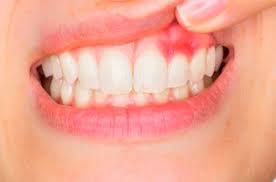
Matcha Green Tea Shows Promise in Combating Gum Disease
A new study suggests that matcha green tea might be effective in preventing gum disease. Lab experiments have demonstrated that matcha can inhibit the growth of Porphyromonas gingivalis, a primary bacterium responsible for gum disease.
In a small study involving 45 individuals with gum disease, those who used a matcha mouthwash had significantly lower levels of P. gingivalis. The research, conducted by scientists from the Nihon University School of Dentistry at Matsudo in Japan, was published on May 21 in the journal Microbiology Spectrum.
Matcha is a concentrated green tea known for its vibrant color and powdered form. It is traditionally used in tea ceremonies and as a flavoring in beverages and sweets. The green tea plant has long been studied for its antibacterial, antifungal, and antiviral properties.
To explore matcha's potential, researchers applied a matcha solution to 16 mouth bacteria species in the lab, including three strains of P. gingivalis. They found that nearly all P. gingivalis cells were killed by the matcha extract within two hours, and all were dead after four hours.
Following these promising lab results, the researchers conducted a small human trial. They randomly assigned patients with gum disease into three groups: one received matcha mouthwash, another barley tea mouthwash, and a third an anti-inflammatory chemical mouthwash. Patients were instructed to rinse twice daily with their assigned mouthwash.
Saliva tests showed that the group using matcha mouthwash experienced a significant reduction in gum disease-causing bacteria. The other two groups did not see similar results.
Gum disease, if left untreated, can lead to tooth loss and has been linked to various health issues, including diabetes, preterm birth, heart disease, rheumatoid arthritis, and cancer. This study indicates that matcha may have clinical applications for the prevention and treatment of periodontitis (gum disease), offering a potential new avenue for oral health care.